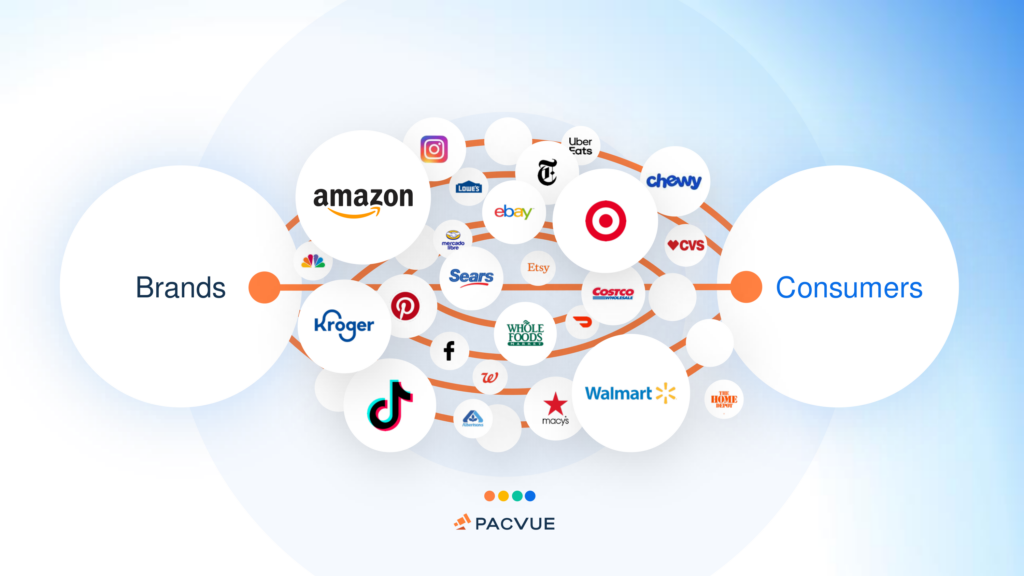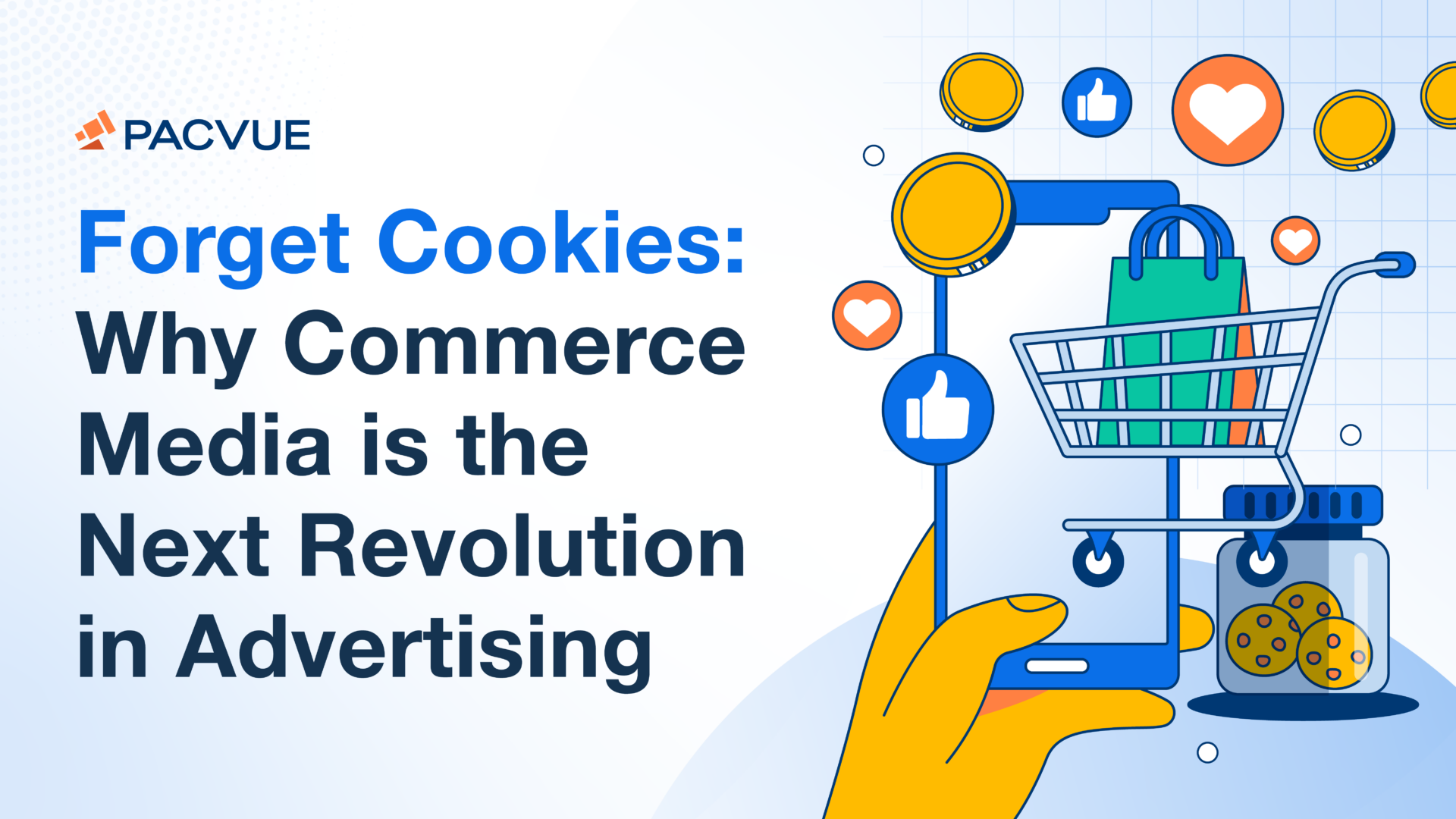It’s official: Google has decided to cancel the so-called “cookiepocalypse.” In July, the search giant announced that, rather than making a decision that would impact the entire ad ecosystem overnight, cookies would actually be here to stay. Instead, Google is opting for an approach that focuses on user choice.
This is good news for advertisers, considering that, even a few months ago, only 25% said they were ready for cookie depreciation. That said, many media buyers had already shifted their spend to walled gardens, direct buys, and retail media. This shouldn’t be a surprise – 70% of consumers block personal data collection by limiting cookies already.
The big advantage to retail media is that the identifiers aren’t based on third-party data. Instead, there’s closed loop attribution based on first-party data. Since the retailers know the consumer, it’s possible to track your ad spend down to the dollar details. But there’s another factor: retail media offers a huge opportunity to get in front of active shoppers. In June 2024, an estimated 3.25 billion visitors went to Amazon.com – an additional 1 billion visitors compared to last year.
Even as web traffic is declining – with 55% of sites reporting a drop in traffic in 2024 – there’s more demand than ever for eCommerce. The new era of the web is all about commerce and making it easy for consumers to get what they want.
This is why advertising is increasingly powered not by cookies but by commerce media.

There are a lot of retail media networks out there. Each retailer provides first-party data and metrics on performance, but none of them are linked together. While retail media strategies often focus on driving performance across a single retailer, commerce media is about building a cross-retailer strategy that makes sure your ads are delivering the best possible results – and that means having a single source of truth across all the data at each touchpoint.
A commerce media platform is a unified system focused on driving performance across your entire retail organization. A platform like Pacvue, for example, supports teams across four distinct needs:
- Sales & Availability Management
- Digital Shelf Evaluation & Performance
- Digital Media Execution & Performance
- Performance within Category
With a unified commerce media platform, you can gain a new layer of insights that drives new optimizations for the business. That’s because, with commerce media, you don’t just see the customer journey on the front-end—you see the supply chain, sales, operations, and other data insights on the back-end that open up a bigger picture of commerce performance.
While cookies can identify consumers across different websites, commerce media identifies the end-to-end retail operations that affect business performance.
The Commerce Media Strategy
So how can you start building a commerce media strategy for your business? There are four stages:
Planning
Planning a commerce media strategy is all about understanding the infrastructure that supports your retail media efforts. A commerce media platform like Pacvue helps you research and prioritize the most impactful opportunities for every product, marketplace and category, whether that is providing replenishment recommendations to help inform forecast and inventory management, . When you connect these points together, you can get a full picture of potential demand and consumption.
Execution
One of the most important aspects of commerce media is getting consumers to actually add to the cart. That’s where execution comes in through automating retail operations and media campaigns (and for every marketplace) to drive sales and grow your market share. This includes, content management across product pages, sales forecasting, media & promotions, and category-level intelligence.
Measurement
With all of the data from retail operations running through a commerce media platform, you can start to use dashboards and reporting features that measure the performance of sales, promotions, and ad initiatives. The difference with commerce media is that you can easily see how a sale is affected by the supply chain or how a promotion was impacted by the content on one of the product pages – in addition to standard ad metrics.
Optimization
When you can identify the way that the different operations across the business are running, you can start to streamline the daily tasks that cause friction across teams – like evaluating performance across different reports and platforms. You can also see where you need to increase and decrease budget based on performance – and be confident in how to drive better performance from top-to-bottom. Finally, you can begin to automate different parts of your ad stack based on the data.
The Commerce-Based Web vs. the Cookie-Based Web
The cookie-based web focuses on driving high performance at low costs. You can set your goals and run ads across the open web. But when your ad reaches your audience, most of those consumers are blocking the identifiers that would help inform your ad targeting in the first place and, without first-party data, it can be impossible to tell if an impression led to a sale if the consumer doesn’t interact with the ad then and there.
The commerce-based web is all about knowing first-party data signals for the business across each retail partner. By breaking down siloed retail data and integrating your PPC, DSP, and Amazon Marketing Cloud data into a brand-focused platform that pull in your supply chain data, too, you can start to revolutionize your entire business strategy and enable your organization to focus on making decisions that matter, rather than constantly looking for the data that tells them if the decision does actually matter.
And, with enough commerce data, you might just be able to optimize for the future of the business, in real-time.













